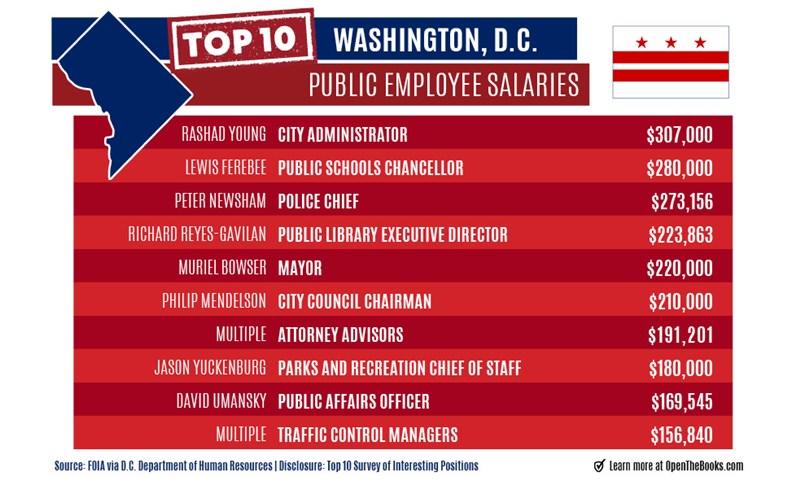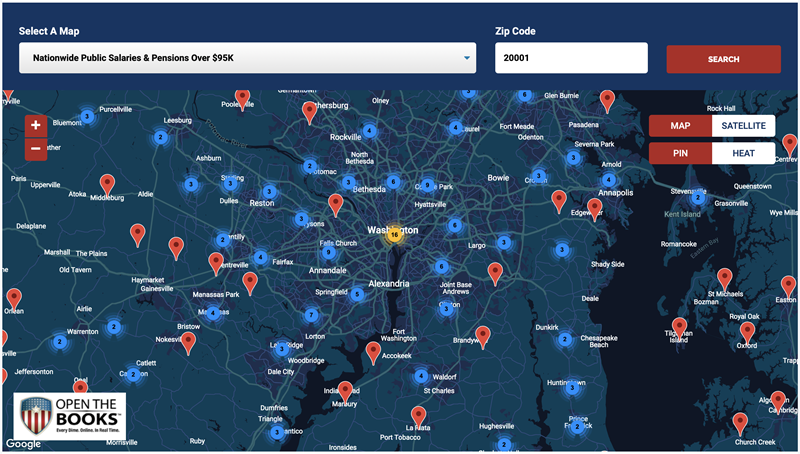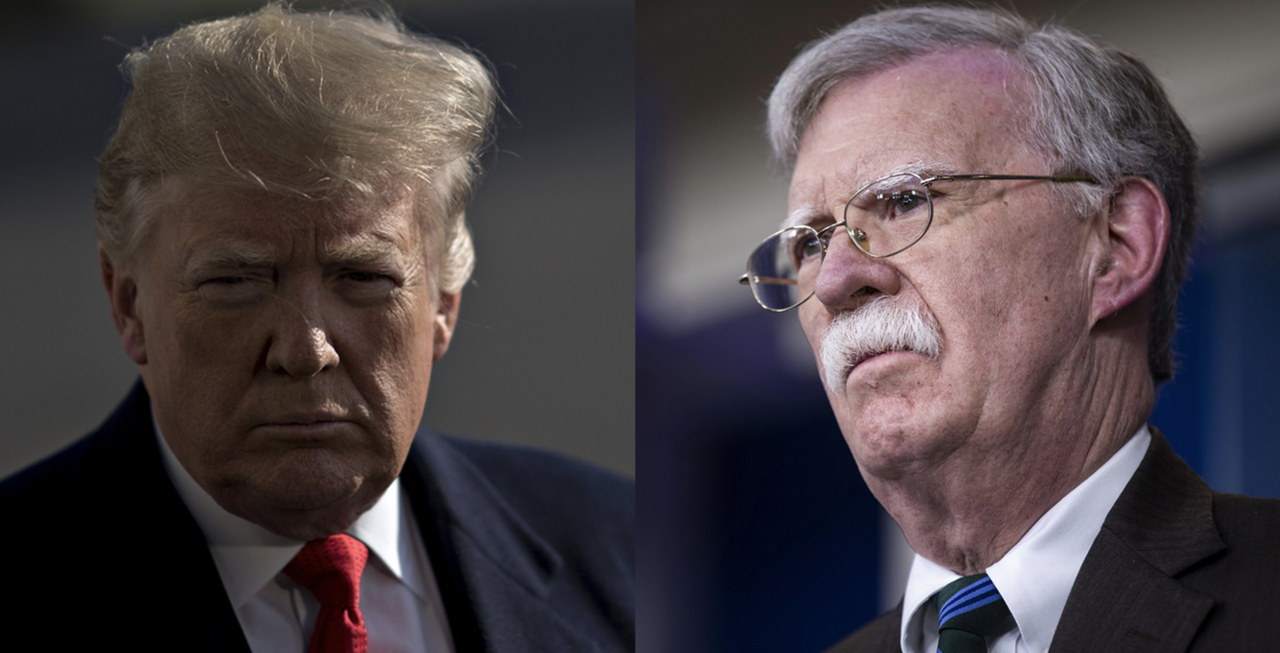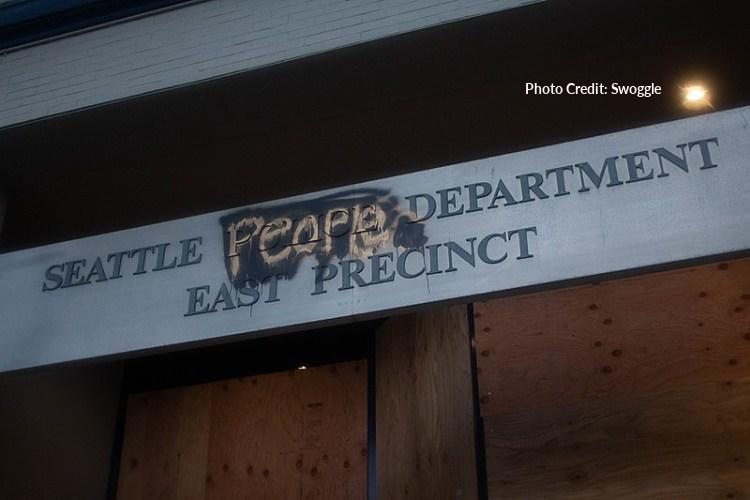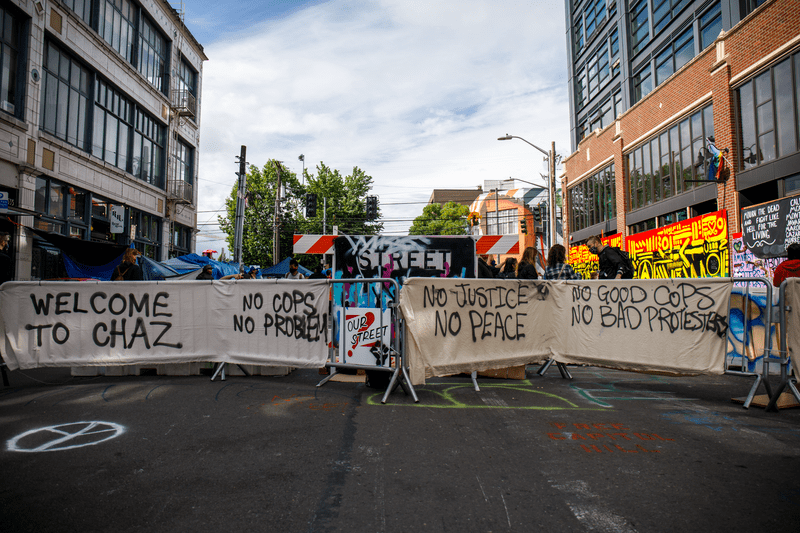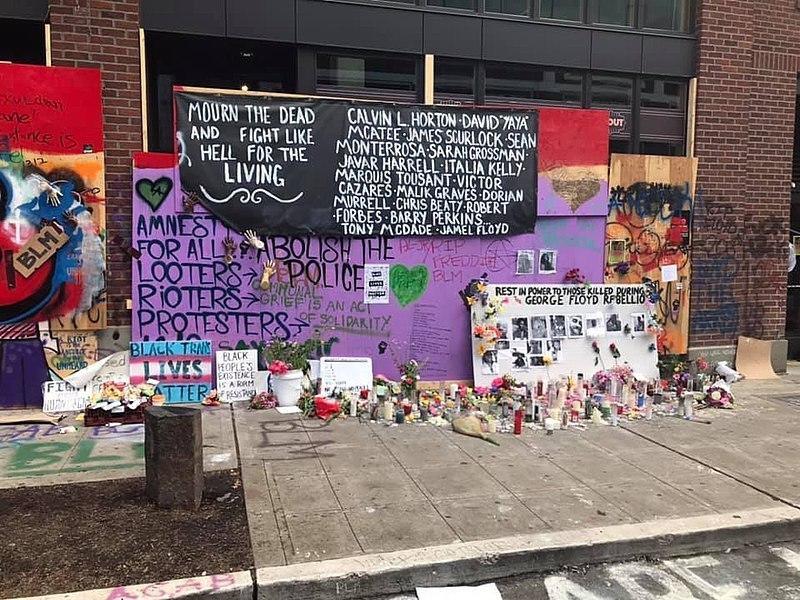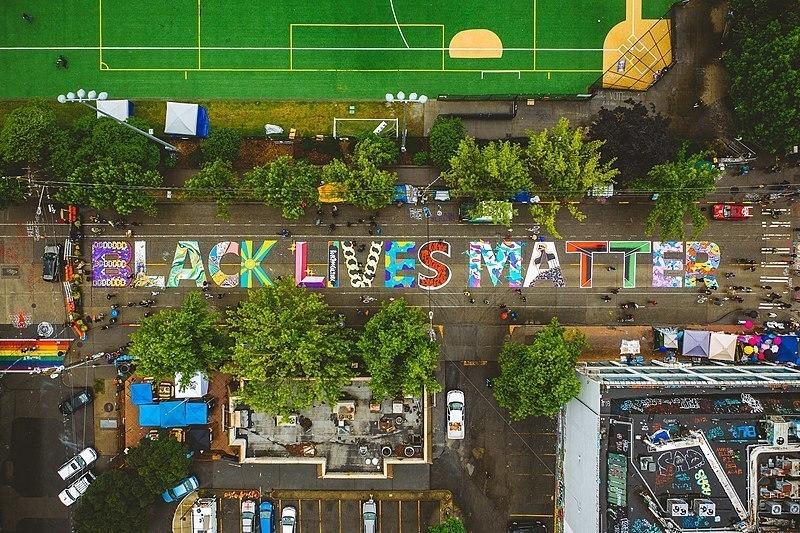The DACA decision primarily involved principles of administrative law. (I discussed those issues here and here). But the case also involved a challenge brought under the Equal Protection Component of the Fifth Amendment. (Remember, the Fifth Amendment lacks an Equal Protection Clause).
The Plaintiffs alleged that the rescission of DACA violated the Equal Protection component of the Fifth Amendment. Chief Justice Roberts described the claims:
Tracking these factors, respondents allege that animus is evidenced by (1) the disparate impact of the rescission on Latinos from Mexico, who represent 78% of DACA recipients; (2) the unusual history behind the rescission; and (3) pre- and post-election statements by President Trump.
I discussed the issue way back when in a September 2017 WSJ op-ed (this litigation has been floating around for three-plus years):
That brings us to Mr. Schneiderman’s most unsettling claim: that Mr. Trump can’t revoke DACA because he is racist. “The President has demonstrated a willingness to disparage Mexicans in a misguided attempt to secure support from his constituency,” the states’ complaint argues, “even when such impulses are impermissible motives for directing governmental policy.”
The filing cites a litany of Mr. Trump’s offensive comments—his warning about Mexican “rapists”; his disparagement of Univision anchor Jorge Ramos; his reference in a presidential debate to “bad hombres”; his attacks on Judge Gonzalo Curiel—as well as his pardon of Joe Arpaio, the former sheriff of Maricopa County, Ariz.
Let’s start with Part IV of Roberts’s opinion, which was joined (behind the veil of a paper bag) by Justices Ginsburg, Breyer, and Chief Justice Kagan. Roberts rejected each of these three arguments.
None of these points, either singly or in concert, establishes a plausible equal protection claim. First, because Latinos make up a large share of the unauthorized alien population, one would expect them to make up an outsized share of recipients of any cross-cutting immigration relief program. Were this fact sufficient to state a claim, virtually any generally applicable immigration policy could be challenged on equal protection grounds.
We saw a similar argument during the travel ban litigation: Any policy that prohibited entry of people from countries with links to terrorism would be predominantly Muslim.
Second, Roberts rejected the relevance of the history leading up to the rescission:
Second, there is nothing irregular about the history leading up to the September 2017 rescission. The lower courts concluded that “DACA received reaffirmation by [DHS] as recently as three months before the rescission,” referring to the June 2017 DAPA rescission memo, which stated that DACA would “remain in effect.” But this reasoning confuses abstention with reaffirmation. The DAPA memo did not address the merits of the DACA policy or its legality. Thus, when the Attorney General later determined that DACA shared DAPA’s legal defects, DHS’s decision to reevaluate DACA was not a “strange about-face.” It was a natural response to a newly identified problem
Not quite. The newly-identified problem was that Texas threatened to sue. Sessions thought DACA was illegal for years.
Finally, Roberts rejects the relevance of the President’s statements about Hispanics. Why? Because the relevant actors are the DHS Secretary and the Attorney General. More importantly, he dismissed the relevance of Trump’s statements under the Arlington Heights framework.
But, even as interpreted by respondents, these statements—remote in time and made in unrelated contexts—do not qualify as “contemporary statements” probative of the decision at issue. Arlington Heights. Thus, like respondents’ other points, the statements fail to raise a plausible inference that the rescission was motivated by animus.
Alas, this analysis only had four votes. Therefore, we do not have a five-member majority that dismisses Trump’s statements, “remote in time and made in unrelated contexts.”
Justice Sotomayor could not don this paper bag. She wrote a partial dissent that focused on Trump’s statements. It was very similar to her Trump v. Hawaii dissent.
But “nothing in our precedent supports [the] blinkered approach” of disregarding any of the campaign statements as remote in time from later-enacted policies. Trump v. Hawaii, (2018) (SOTOMAYOR, J., dissenting). Nor did any of the statements arise in unrelated contexts. They bear on unlawful migration from Mexico—a keystone of President Trump’s campaign and a policy priority of his administration—and, according to respondents, were an animating force behind the rescission of DACA. Taken together, “the words of the President” help to “create the strong perception” that the rescission decision was “contaminated by impermissible discriminatory animus.” This perception provides respondents with grounds to litigate their equal protection claims further.
She also found there was possible pretext in DHS’s sudden reversal:
The abrupt change in position plausibly suggests that something other than questions about the legality of DACA motivated the rescission decision. Accordingly, it raises the possibility of a “significant mismatch between the decision … made and the rationale … provided.” Department of Commerce v. New York (2019). Only by bypassing context does the plurality conclude otherwise.
Justice Thomas offered only a footnote about the Equal Protection Clause:
I concur in the judgment insofar as the majority rejects respondents’ equal protection claim.
I don’t read this statement to agree with Roberts’s analysis in Part IV. He only concurs in the judgment.
Justice Kavanaugh’s dissent included a similar line:
I therefore respectfully dissent from the Court’s judgment on plaintiffs’ APA claim, and I concur in the judgment insofar as the Court rejects plaintiffs’ equal protection claim.
As I read the case, only four Justices supported the Chief’s analysis.
In total, eight Justices rejected the Plaintiffs’ Equal Protection arguments. Though there was not a majority opinion for a rationale. Therefore, there is no holding with respect to Arlington Heights. And no actual Equal Protection precedent was set. The John Roberts express chugs along.
from Latest – Reason.com https://ift.tt/2Yf4us0
via IFTTT
